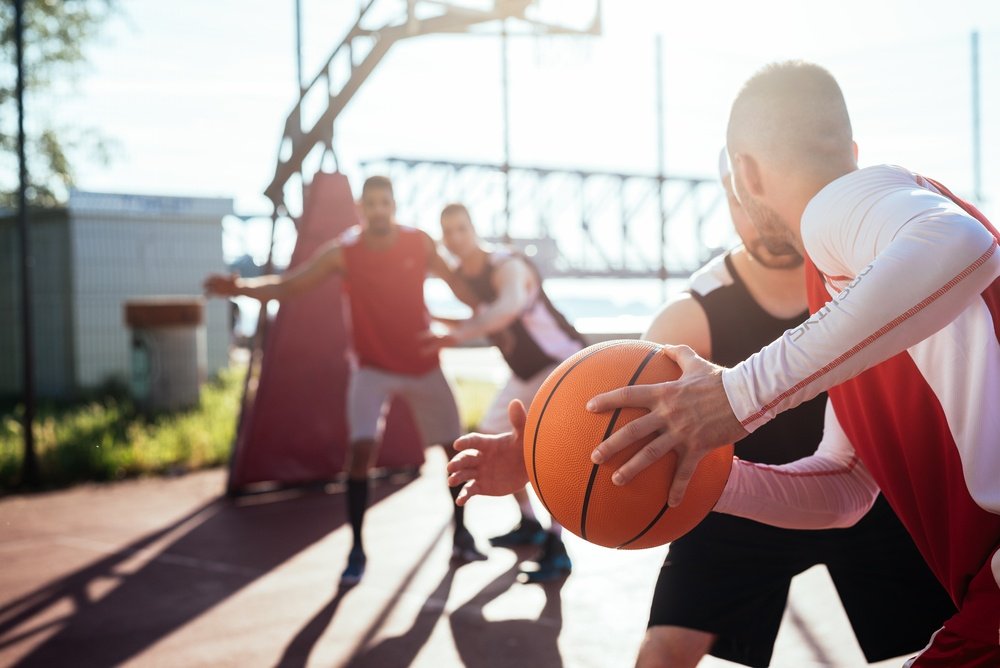What sports have a higher risk of an ACL injury?

While an ACL tear is no longer a career-ending injury, weekend and professional athletes alike still cringe at the words.
Research, training and medical technology advances have come a long way in reducing the risk and impact of an ACL injury today. However, a study published in the Medical Journal of Australia in April 2018 found that nearly 200,000 ACL reconstructions were performed in Australia between 2000 and 2015. Of that number, 72 per cent of ACL reconstructions in Australia were sport-related.
Many popular sports require a functioning ACL to perform common manoeuvres like cutting, pivoting, landing from jumps, decelerating suddenly and sharp turning. The ACL stops the femur from moving forwards during weight bearing activities and prevents rotation of the knee joint. Sports that place this high level of pressure on your knee joint can put you at a higher risk of an ACL tear.
While you can’t rule out a random accident, such as falling over at a festival or stepping awkwardly on the kids’ shoes in the hallway, the table below outlines the high, medium and low risk sports for an ACL injury.

While the risk doesn’t mean you need to rule out your favourite sport altogether, it’s important to recognise where your activities place on the table and create a training program that supports your knees should your chosen activities fall into the high demand category.
From wearing the correct protective gear and footwear for your chosen sport and avoiding overuse by not committing to too many sports in one season to following a prevention training program and warming up, stretching and cooling down effectively, there are steps you can take today to reduce your risk of an ACL tear during sport.
Another way to help prevent an ACL injury is to get an understanding of how the ACL works and the process involved if an injury does occur.
One of Newcastle and the Hunter Valley’s top Orthopaedic Surgeons, Dr Stuart MacKenzie has created a free guide on ACL injuries.
10 Jul 2018
Published by Default Admin